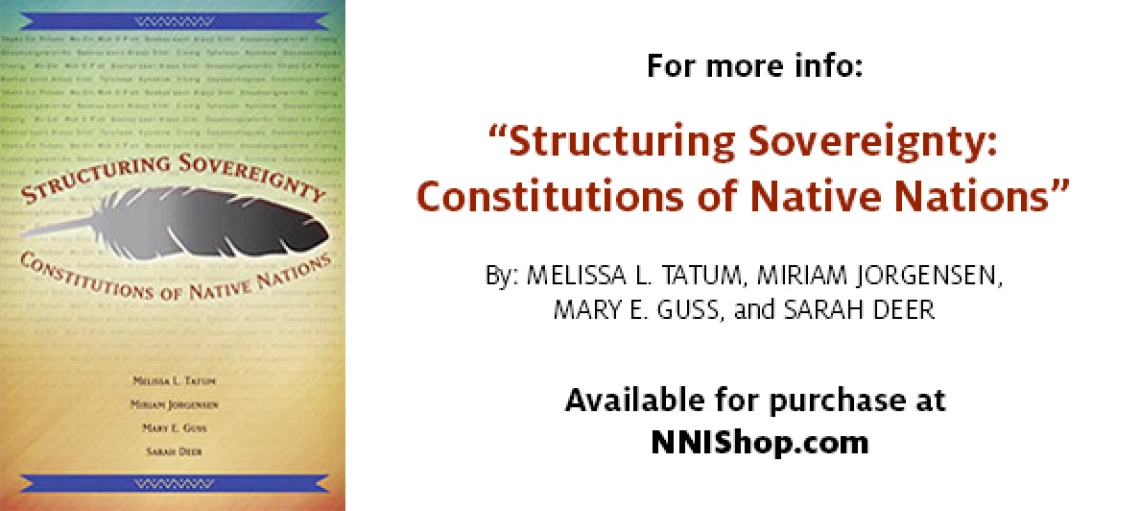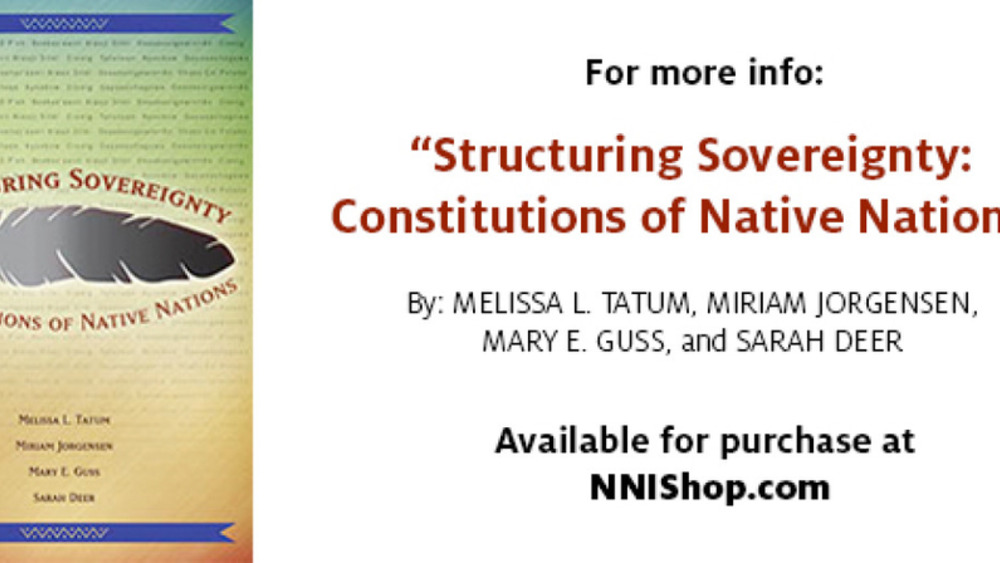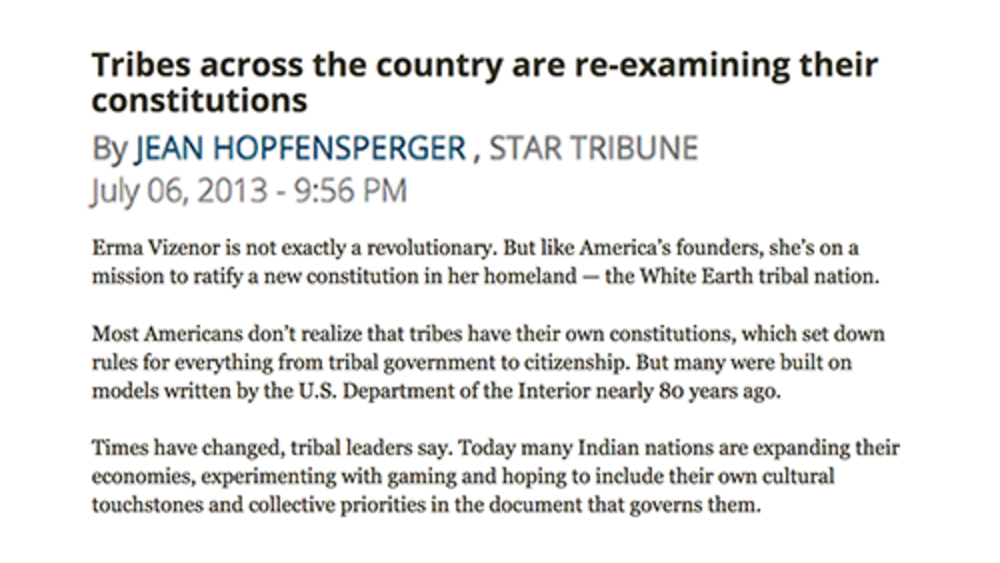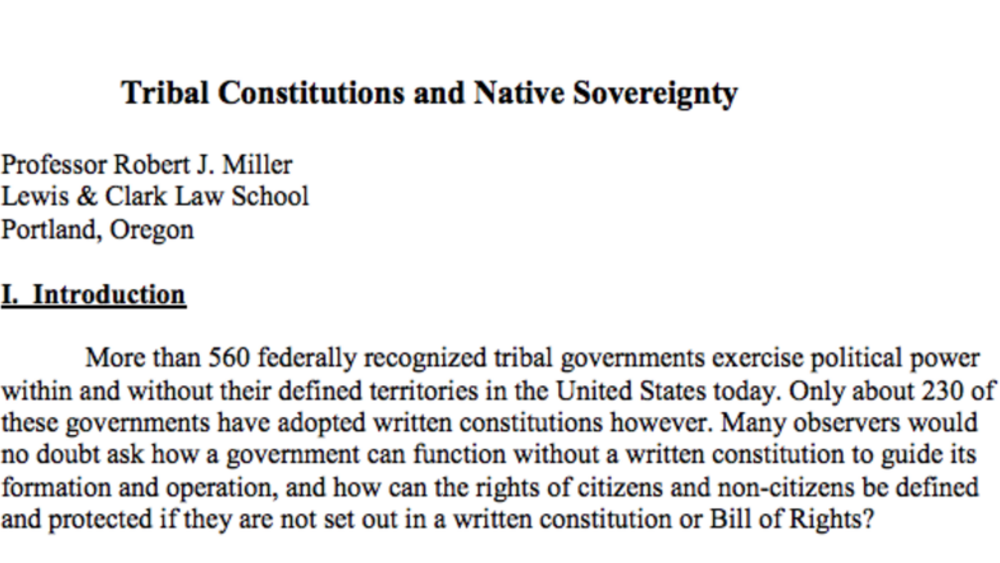Article II - Ordinances and Resolutions
Section 1. All final decisions of the Council on matters of general and permanent interest to the members of the Confederated Tribes shall be embodied in ordinances. Such ordinances shall be published from time to time for the information and education of the members of the Confederated Tribes.
Section 2. All final decisions of the Council on matters of temporary interest (such as action on the reservation budget for a single year, or petitions to Congress or the Secretary of the Interior) or relating especially to particular individuals or officials (such as adoption of members, instructions for tribal employees or rules of order for the Council) shall be embodied in resolutions. Such resolutions shall be recorded in a special book which shall be open to inspection by members of the Confederated Tribes.
Section 3. All questions of procedure (such as acceptance of Committee reports or invitations to outsiders to speak) shall be decided by action of the Council or by ruling of the Chairman, if no objection is heard. In all ordinances, resolutions or motions the Council may act by majority vote, but all matters of importance shall be fully discussed and a reasonable attempt shall be made to secure unanimous agreement.
Section 4. Legislative forms. Every ordinance shall begin with the words: "Be it enacted by the Council of the Confederated Salish and Kootenai Tribes——."
Section 5. Every resolution shall begin with the words: "Be it resolved by the Council of the Confederated Salish and Kootenai Tribes——."
Section 6. Every ordinance or resolution shall contain a recital of the laws of the United States and the provisions of this Constitution under which authority for the said ordinance or resolution is found.
Additional Information
Confederated Salish and Kootenai Tribes. 1935. "Constitution and Bylaws of the Confederated Salish and Kootenai Tribes Of the Flathead Reservation, as amended." Pablo, Montana.




